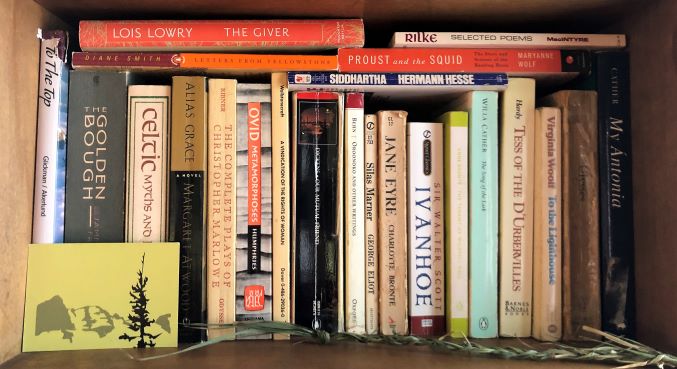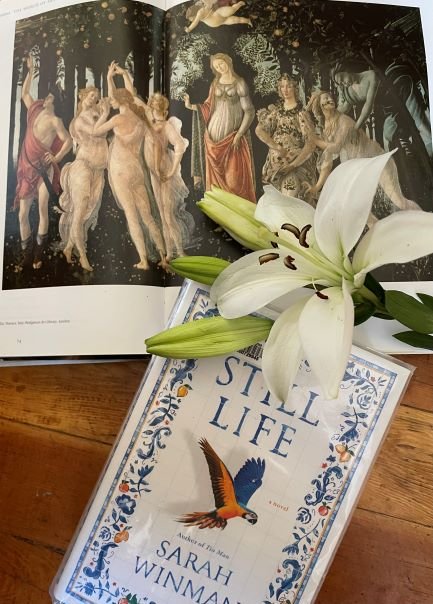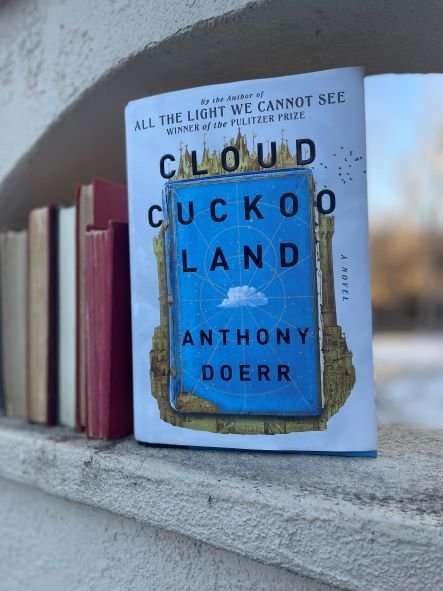Certain novels are slow and contemplative; they paint a portrait of a life or a time using carefully selected shades and hues to capture a mood. There may not be much action beyond that of memory, but it is enough. More than enough even. Marilynne Robinson’s winner of the Pulitzer and National Book Critics Circle Award, Gilead (2004) is one such novel. Contemplative, slow-burn writing like hers gets at the big questions of life with a hefty serving of earnest feeling sprinkled throughout. Written in first-person, Gilead is one man’s reflection upon his life, his family, and the meaning of human goodness.
A few of my favorite reads…
CONTEMPORARY & CANONICAL ǁ NEW & OLD.
Fiction ※ Poetry ※ Nonfiction ※ Drama
Hi.
Welcome to LitReaderNotes, a book review blog. Find book suggestions, search for insights on a specific book, join a community of readers.




















